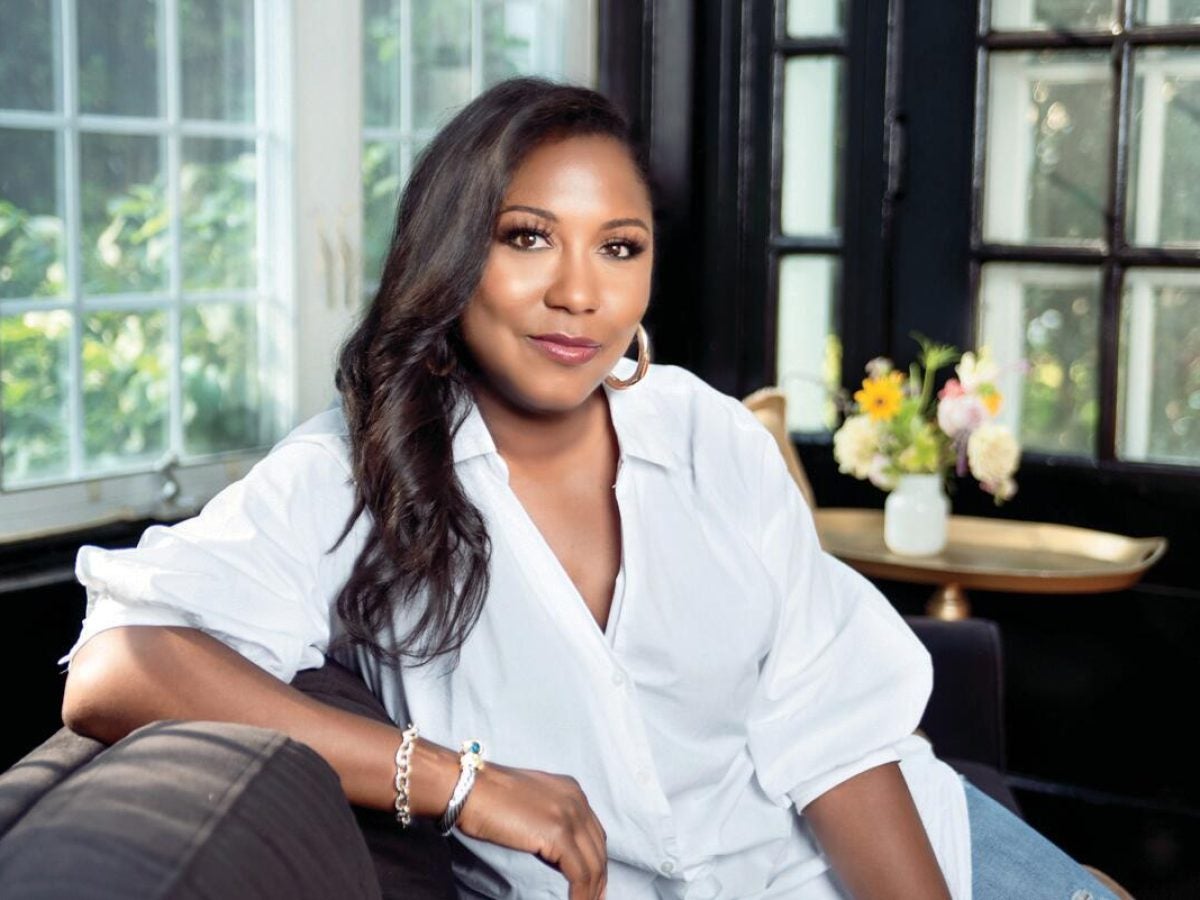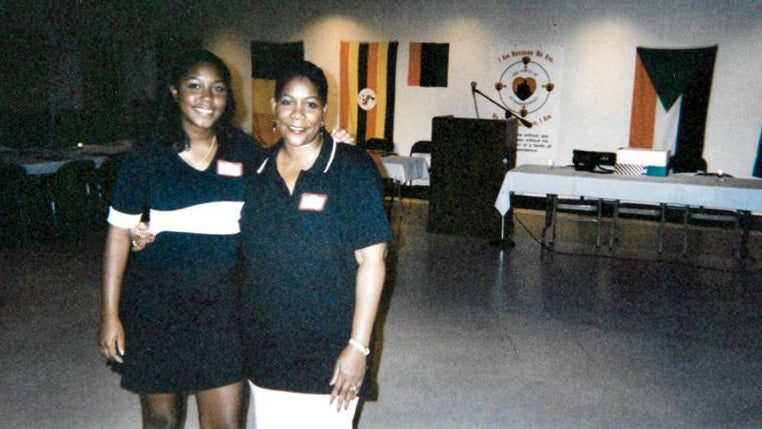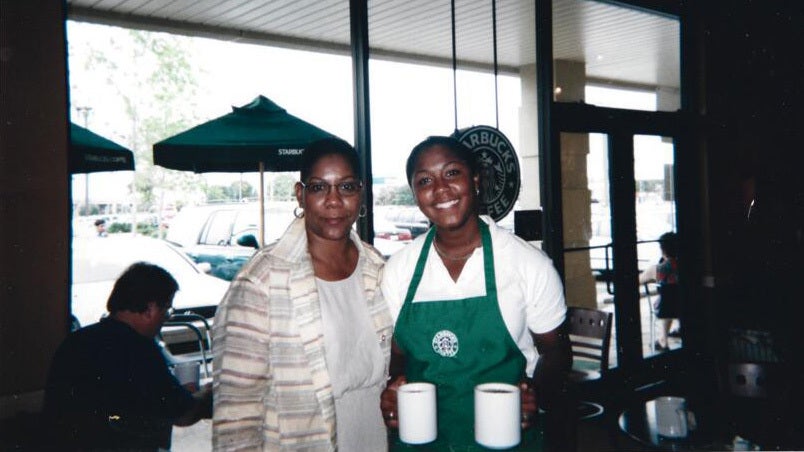
Jen Hayes Lee and her best girlfriends agreed they were done having babies—and toyed with the idea of getting mommy makeovers. It was a lighthearted kiki, but for Lee, getting “snatched” triggered a sobering thought: I need to do testing. She wanted to know if anything in her genetic makeup would indicate a need for something much more serious, like a mastectomy.
Lee’s mother, Irma J. Bland, M.D., was diagnosed with breast cancer at 39—the age Lee is now. She was in remission for 11 years after treatment; but when she was 50, the disease resurfaced, and Dr. Bland died five years later. Lee was 21. Her aunt had breast cancer too, and her dad died of prostate cancer in 2018.

Given her family’s medical history, Lee was proactive about her breast health. “I started getting mammograms, because I heard you’re supposed to start them five or 10 years before the age that the person in your family was diagnosed,” she says from her home in New Jersey. “But for me it was sort of start-and-stop, because for the last six years, I’ve been pregnant or breastfeeding.”
At the beginning of this year, the married mom of three tested positive for a mutation in the breast cancer 2 gene, commonly known as BRCA2. According to the National Cancer Institute (NCI), both BRCA1 and BRCA2 impact a woman’s chance of developing specific cancers, including breast, ovarian and pancreatic. NCI data reported that “45 to 69 percent of women who inherit a harmful BRCA2 variant will develop breast cancer” by age 70 to 80. Knowing that Black women die from breast cancer at a much higher rate than white women, Lee carefully weighed her options, which included frequent risk-monitoring via a combination of mammograms, ultrasounds and magnetic resonance imaging (MRI). She ultimately chose the most aggressive path: a double mastectomy. Based on her age, family history and role as a mom to young children, her doctors agreed this was the strongest prevention plan for her.
Lee wasn’t prepared for the wave of emotions that would come with this decision. The idea of removing a body part tied to her femininity and identity as a curvy Black woman was “unexpectedly hard,” she admits. There was so much to consider, like choosing a surgical oncologist and a plastic surgeon who would work together—in addition to issues of cost, insurance coverage, and recovery time while balancing work and family. After reading first-person essays and watching videos from women who’d had the procedure, Lee went back and forth between confidence and doubt.
Then the marketing executive had lunch with two women with personal histories of breast cancer. Hearing their stories of fighting the disease changed everything. “I was feeling guilty for feeling sorry for myself,” she recalls. “I had the option of breast-cancer prevention, while they actually battled cancer. I had the opportunity to approach it another way. That was a privilege, a gift. I realized I had to reframe my thinking.”

Because Lee has chosen mastectomy surgery without having cancer, she’s pursuing a path with the most natural-looking outcome. Her doctors have recommended a multi-step procedure, beginning in August and spanning nine months. The surgeries will begin with a breast reduction and lift, to allow for an optimal nipple-sparing reconstruction. Next, Jen will undergo a preventative double mastectomy and phase one of the reconstruction procedure. Then she’ll have a breast implant transfer, which is the final phase and will return her girls to her pre-surgery 36DD status. “I wouldn’t know what to do with an A cup,” Lee laughs.
Her husband, Clyde, supports her decision, which is a relief but not a surprise—his own mother died when he was 11 years old. As with any procedure, there’s infection risk, but Lee’s focused on the positive: “Once this is done, I’m not going to have to wonder every year, with every mammogram, if this time they’re going to find something.”





